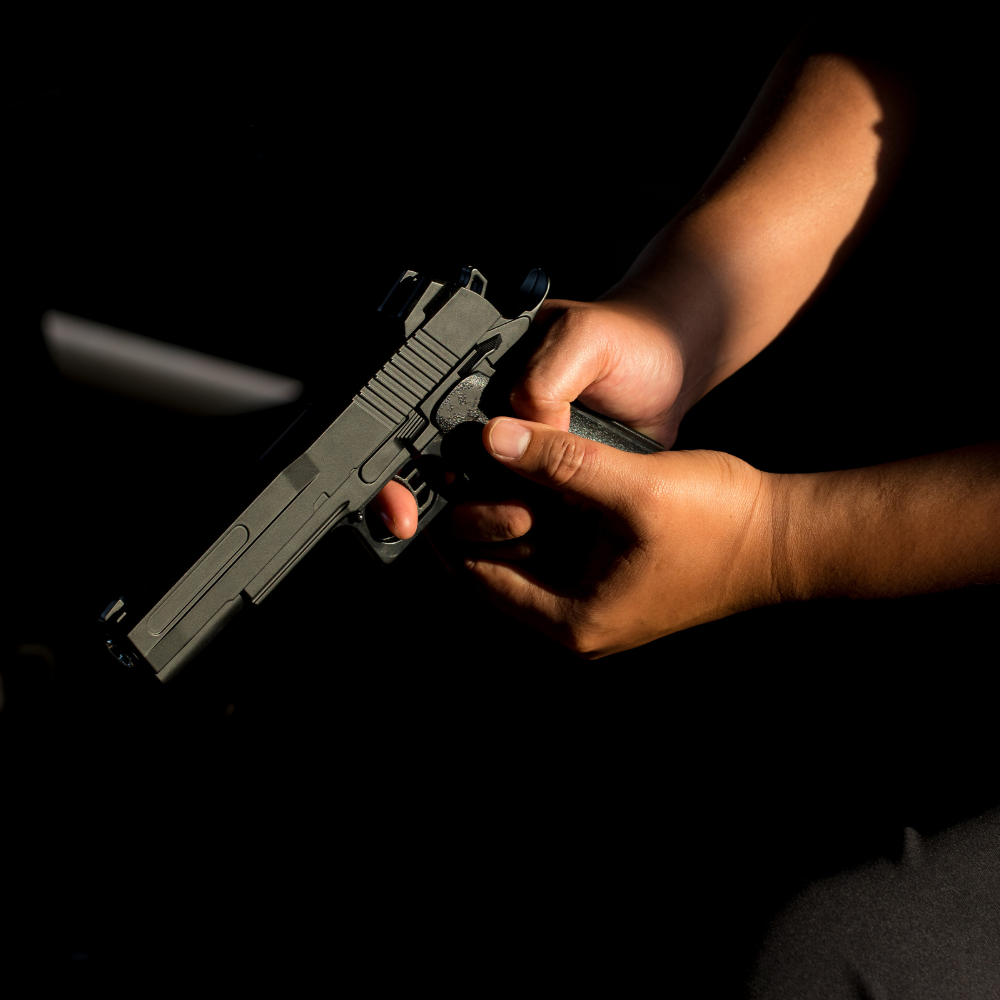Louvre announces major overhaul as Mona Lisa set for relocation
In a landmark announcement, French President Emmanuel Macron revealed that the Mona Lisa will be moved to a new exhibition space within the Louvre Museum as part of an extensive renovation plan for the world’s most-visited cultural institution. The changes, set to be completed by 2031, will also introduce a separate fee for visitors wishing to see Leonardo da Vinci’s iconic masterpiece.
Standing before the famous painting, Macron outlined his “New Renaissance” project to an audience of dignitaries, highlighting the urgent need for change as visitor numbers continue to overwhelm the Louvre’s infrastructure. Among the most significant reforms will be an international competition to design a second entrance, aimed at relieving the growing pressure on the museum’s current access point beneath its glass Pyramid.
The Louvre, which attracts more than nine million visitors annually, has long struggled with overcrowding, particularly in the Salle des États, where the Mona Lisa is currently displayed. Museum director Laurence des Cars has raised concerns about the Louvre’s current visitor management system, stating that it is no longer sustainable.
In a recently publicized letter, she highlighted the increasing strain on the Pyramid entrance, which struggles to accommodate the daily influx of 30,000 visitors. With the majority heading directly to see the Mona Lisa, the experience has become rushed and unsatisfactory, as crowds are quickly ushered through the Salle des États with minimal time to appreciate the artwork.
She emphasized the need for a fundamental reassessment of how the painting is presented, suggesting that the current setup fails to provide visitors with a meaningful engagement with the masterpiece.
As part of the Louvre’s renovation plan, significant changes will also be made to the museum’s pricing structure. Starting in January next year, non-EU visitors, including tourists from the UK, will face higher entry fees. Alongside these adjustments, the museum will undertake infrastructure upgrades, including improved restroom and dining facilities, with a broader focus on enhancing overall visitor comfort in the years ahead.
Perhaps the most striking architectural transformation will be on the Louvre’s eastern façade, where the classical colonnade and underused Cour Carrée esplanade will be redesigned to accommodate a new entrance. This entrance will lead to underground exhibition spaces that connect with the Pyramid, making access smoother for visitors. Macron emphasized that the changes will help “give the museum back to Parisians”, integrating it more seamlessly with the city.
In addition to relocating the Mona Lisa, Macron noted that the Salle des États will be reimagined, allowing visitors to better appreciate other masterpieces that are “too often overlooked” due to the overwhelming focus on da Vinci’s painting.
While the total cost of the project is expected to run into the hundreds of millions of euros, Macron assured that taxpayers would not bear the burden. Instead, funding will come from ticket sales, private donations, and the Louvre’s sponsorship agreement with the Louvre Abu Dhabi.
With his political power diminished after losing parliamentary control six months ago, Macron appears eager to cement his legacy through ambitious cultural projects. His successful oversight of Notre-Dame’s post-fire restoration has seemingly inspired another “grand projet”, this time, in the heart of Paris’s most treasured museum.










